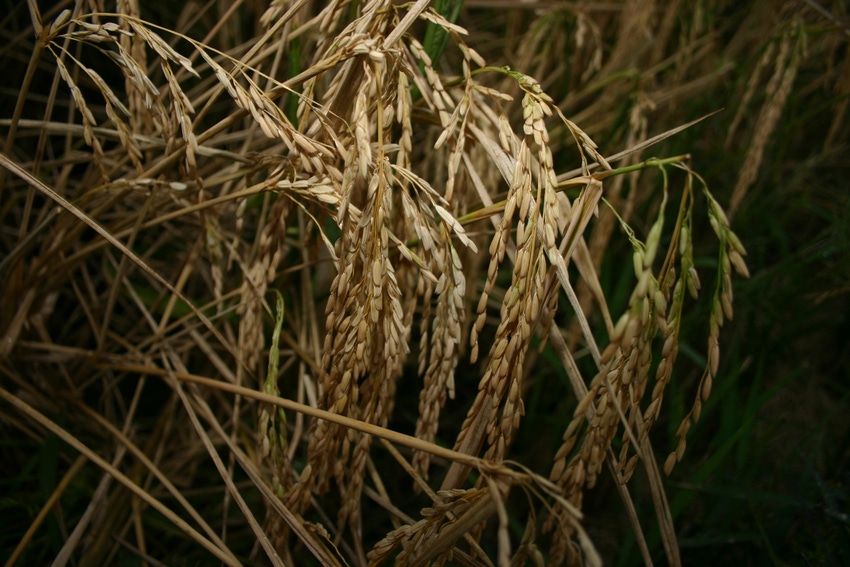February 18, 2015

The big bear club over the world rice market now is India, not Thailand. Of that, I have no doubt. But will this painful pricing fact continue?
Two things I hope you take away from this article:
Rice is not corn or beans, heavily impacted by the price of energy.
The main driver of all grain markets will be the reliability of supply, a country’s ability to get its grain past its politicians to the world market, not just its availability.
As the United States becomes more and more self-sufficient in key resources such as naval power, water, navigable waterways, energy and cheaper labor than parts of Asia, commercial trade will undergo a tidal change. The United States is not a has-been economy; it is an ‘accidental superpower’ of the Twenty-first Century.
So, the fate of your local rice price in Arkansas will be driven by the price of rice in India and in China. My bet is that China will become more of a rice importer than India a rice exporter in the next few years, which is good news for the rest of the rice world.
At my company we measure world rough rice prices, which are harder to collect, as well as milled rice prices. The Indian long grain rough price right now is about $9.15 per cwt. The Chinese price is at $19.79 per cwt. and the North Arkansas bid is around $9.55 per cwt., as I write this. By the way, the price of rice in Brazil is about $12.65 per cwt. and $12.75 in Thailand. Other than India, the United States has the lowest priced long grain rough rice in the world right now.
So I ask, what is the trend in the rice price? In Chicago it has been down. Other than India, the U.S. rough rice price is now lower than China, Vietnam, Thailand or Brazil. And that is with a collapse in the crude oil price and a U.S. dollar stronger than a scalded dog.
First, over the next half decade, price will measure not just availability of the supply of a commodity, which is relatively objective, but also the reliability of its stocks. This is a subjective measure that fluctuates with political conditions.
Second, rice is not now and never will be a bio-fuel. So the reduction or elimination of the ethanol mandate means little to the price of rice, much less the price of energy. It is a big deal to corn and soybeans, however.
Rice is not corn or soybeans. Rather, it is an aquatic crop, a water and labor hog, demanding twice as much labor and water as any other row crop in Asia. In China alone, rice consumes about 70 percent of the nation’s irrigated water.
Labor costs are escalating in China and, also, to some degree in India. There are regional shortages of labor in both these rice giants. Labor costs in China are nearly 30 percent higher than in Mexico for example. If you adhere to a one child per family policy, eventually there will be more old people around and your labor costs will escalate. Within the very near future the average age of a Chinese citizen will be higher than the average in the United States. Who would have thought this would happen 25 years ago? The Depends-to-diaper ratio is shifting in China.
One further note, China is now importing rice from the United States, Japan, Nepal, Pakistan, Cambodia, Laos, Burma, Vietnam, Thailand and perhaps soon India. Officially it imports less than four million MT. Unofficially, it is more like six million MT and rising. China views much of this area, outside of India, as its “New China.” It calls Tibet, the source of many of Asia’s rivers, its “Western Treasure House.”
Two oceans protect the United States from the Old World powerhouses. A business cannot thrive without a moat around it and the United States has two: the Atlantic and Pacific. No wonder Warren Buffet puts so many of his eggs in an American basket.
Note: Hamilton will speak on these and other rice issues at the Mid-South Farm & Gin Show in Memphis on February 28 at 1:30 p.m.
You May Also Like




